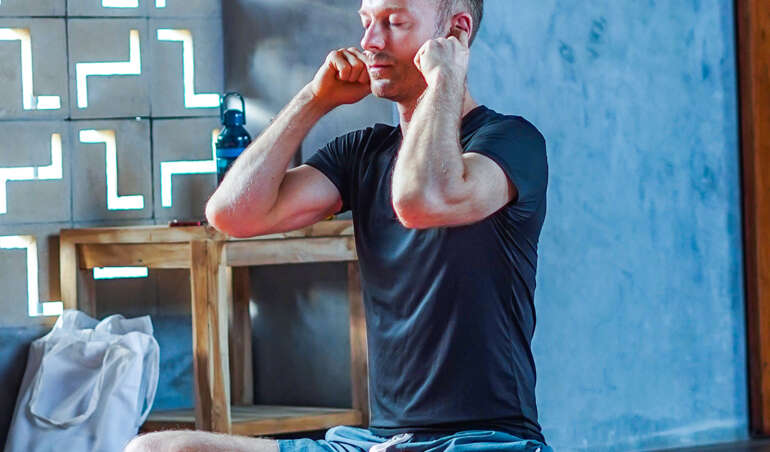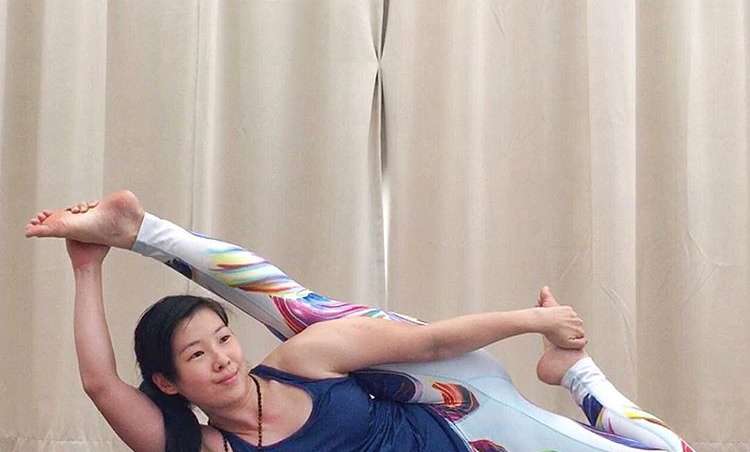
Virabhadrasana 2
“Sthirasukhamasanam”
Patanjali’s Yoga Sutras / Pada 2, Sutra 46
– Steady and comfortable should be the posture –
When you take any yoga asana class, it is not an exaggeration to say that Virabhadrasana 2 (Warrior 2) is one of the asanas you encounter all the time. Let’s get to know how to practice this asana properly and get the most benefits from it.
METHOD
Let’s see how to go from an Adho Mukha Svanasana (Downward facing dog), as this is one of the most commonly used vinyasas to go into this asana.
1 – From Adho Mukha Svanasana, raise your right leg up as you inhale, and bring the leg forward and place it just inside your right palm as you exhale.
2 – Inhale and raise your upper body up, and as you exhale, bend your right knee to 90 degrees angle so that your knee is directly over your right ankle, right thigh is parallel to the floor. If your knee is going forward to cross the ankle, move the right leg forward to get the 90 degrees angle.
3 – Turn your left foot outwardly, firmly press your foot to the floor. Keep the whole leg straight and active even though it is still in motion.
4 – Bring your arms on your shoulder level, horizontally straighten to the floor. Keep your whole arms active until the very tip of the fingertips. Keep your shoulders relax and down, away from the ears. Stay here with steady breaths as long as you feel comfortable.
5 – As you exhale, place your hands on the floor either side of your right foot, and bring your right leg back to Adho Mukha Svanasana.
6 – Repeat the other side.
Begin this asana in the same way as the first Surya Namaskara and continue through to the end of the 6th vinyasa. Next, stand as in
BENEFITS
- All the joints of the body, as well as the lower abdomen, spinal column, and organ of generation, get purified.
- Pain associated with the knees, as well as the pain from standing or sitting all day while working, get eliminated.
- Develops stability, balance, concentration and mental calmness.
- Improves circulation and respiration.
- Strengthen the legs, glutes, hips, core, chest, shoulders and arms.
- Great stretches to your hips, groins, and shoulders.
CONTRAINDICATIONS
- Avoid this asana unless instructed any modifications by professionals if you have any of the below or feel uncomfortable any time during your practice.
- Recent surgery or injury in the legs, knees, ankles, feet, hips, or shoulders.
- Having a weak heart or undergone a heart surgery recently.
- Neck injuries or pain – if our neck hurts, keep your face in the same direction as your chest.





